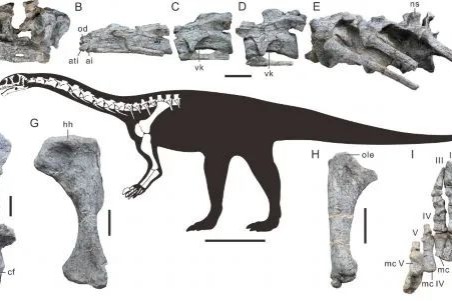Japan's security ditches pacifism, stokes fears
Updated documents and record budget on military raise concerns, analysts say

TOKYO — The Japanese government has approved three updated documents on its security and defense policies, vowing to acquire the military power to attack any enemy and largely increase its military spending over the next five years.
Analysts said the publication of the documents marks a fundamental shift in Japan's postwar security ideology and defense policy, violating its exclusively defense-oriented policy and pacifism embodied in the country's Constitution.
The country, by retaking the path as a major military power amid further integration with US forces, will pose new threats to regional peace and stability, the experts said.
A cabinet meeting has updated the country's key security documents, including the new National Security Strategy, or NSS, or the top-level strategy document of national security, which was revised for the first time since it was issued in 2013.
The other two documents, the National Defense Strategy and the Defense Buildup Program, or DBP, are specific military-level policies and implementation plans formulated in accordance with the NSS, replacing the current National Defense Program Guidelines and the Mid-Term Defense Buildup Program, respectively.
The documents will decide and shape Japan's security defense policy for the next five to 10 years.
According to the main contents of the documents, Japan's security ideology and defense policy has reached a critical turning point, especially by completely giving up its "exclusively defense-oriented" principle, which forms its core postwar defense concept.
In the new NSS, the Japanese government explicitly declares that it should have "counterstrike capability", or "enemy base strike capabilities", which mainly include various types of offensive long-range missiles and "integrated air and missile defense" systems jointly operated with the US military.
To achieve such a goal, in the next five years Japan will buy and equip many US Tomahawk cruise missiles and domestically-developed Type 12 surface-to-ship missiles with a range of more than 1,000 kilometers, while developing high-speed gliders and hypersonic missiles.
Even though when defining "counterstrike capability", expressions such as "necessary minimum" are used in the three documents, many Japanese believe that acquiring such capability will fundamentally subvert the country's postwar security concept.
'Breaking taboos'
Atsushi Koketsu, former vice-president of Yamaguchi University, said the three security documents represent a major shift in national defense policy, giving up the concept of "exclusive defense" and opting for a "preemptive attack strategy".
In line with the fundamental change in Japan's concept of defense, the revised documents break many of the postwar taboos surrounding its military, including a further relaxation of the Three Principles on Defense Equipment Transfers, which had been relaxed by the administration of the former prime minister Shinzo Abe, the expansion of the export of weapons, and measures to deepen the fusion of military and civilian resources.
On Friday Japan approved a 114 trillion yen ($865 billion) draft budget for the fiscal year 2023, including record military spending.
To achieve the goal of military expansion, annual defense outlays are set to surge. The government intends to secure about $313 billion in defense spending for the five years from fiscal 2023, about 1.6 times the amount set in the current Mid-Term DBP.
Total defense spending in fiscal 2027 will be aimed to account for 2 percent of the country's GDP. Before the policy adjustment, the standard was no more than 1 percent of GDP, the adherence to which is also generally regarded by the public as a key indicator to test whether Japan pursues pacifism.
The documents also play up the "China threat" theory in order to justify the drastic shift in security policy and in military expansion and war preparations. The National Security Strategy described China as "an unprecedented and largest strategic challenge".
A military commentator, Maeda Tetsuo, said the three documents hype the "China threat" theory and substantially adjust defense policy, driven by both the US' and Japan's intentions to remove curbs on the military and for the country to become a so-called normal military power.
This has caused grave concerns and wide opposition in Japan. Hundreds of locals held rallies in front of the prime minister's official residence in Tokyo on Dec 16, opposing the government's military expansion.
Media reports quoted Makoto Koga, former secretary-general of the Liberal Democratic Party, as saying that enemy base strike capabilities proposed in the documents "completely discard the exclusively defense-oriented policy", and that Japan should avoid taking the route of becoming a military power.
Agencies - Xinhua
Today's Top News
- China completes first landing, takeoff test of manned lunar lander
- China's new free preschool policy to save families $2.8 billion
- China's foreign trade rises 3.5% in first seven months
- China's foreign trade up 3.5% in first seven months
- 25-yuan roast duck reflects progress of rural vitalization
- Xi set stage for rise of cultural powerhouse






























